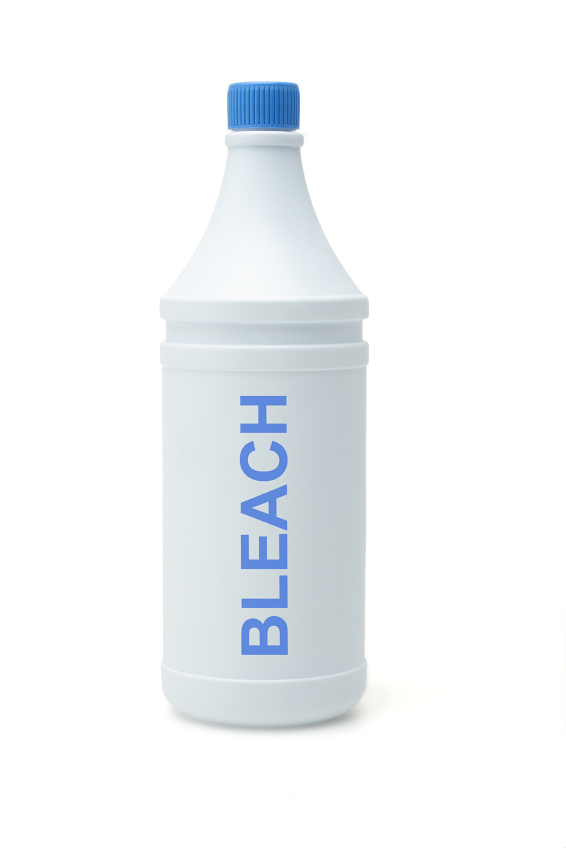Getting to Know Chlorine
chlorine, pool care, poollife

Just when you think you know all about chlorine, we’re here to let you know there is more to the story than you think…
It was in a small lab in Sweden in 1774 that Carl Scheele, a chemist, discovered chlorine when he mixed manganese dioxide (MnO 2 ) with a solution of hydrochloric acid (HCl). Then, in 1810, another chemist–Sir Humphrey Davy–established Chlorine as an element and named it from the Greek word “Khloros”, which means “green”.


Chlorine is the most common method of keeping swimming pool and hot tub water free of bacteria and germs, as well as keeping algae under control. It is a disinfection agent that just about all of us can identify at any given sniff. But unlike the jug in your laundry room, the type of chlorine we’re talking about is the chlorine for your pool.
Do not put bleach in your pool.
Chlorine is either free or combined. Free chlorine is the one that goes to work, eliminating all the bacteria and oxidizing contaminants in your pool or hot tub. So, while it says “Free,” this is actually the type of chlorine you purchase and add to your pool.
Combined chlorine is what happens when free chlorine meets chloramines. Yeah, we’re talking chemistry now…

Chloramines are a combination of ammonia with chlorine. Unlike regular chlorine, chloramines dissipate fairly quickly when exposed to air and remain in the water. But like chlorine, chloramine is a toxic substance and should be treated as such.

Obviously things have come a long way since these days and gas masks are no longer a necessity when adding chlorine to your pool.
Unlike treated water coming from your faucet, swimming pools are open to contamination from the air and all the people swimming in it. That is why the chlorine levels are much higher in a swimming pool than in the water that you drink from the tap. MUCH HIGHER.

You know the expression, “Don’t drink the pool water?” Well, that’s one good reason–it has a lot of chlorine in it!
Exercise caution and follow these simple safety steps when adding chlorine to your pool or hot tub:
- Have your water tested regularly throughout the swimming season. Clearwater suggests monthly water tests at any of our three stores using the ClearCare system.
- Keep all pool chemicals away from pets and children.
- Keep all pool chemicals away from your fire pit or other source of heat or flame. Best place to store your chlorine and other pool chemicals is in a cool, dry place.
- Since chlorine is highly corrosive, practice safe handling and use caution.
As always, if you’re going to use chlorine Clearwater strongly encourages you to use the best chlorination system on the market–Poolife:
If you really want to learn more about how chlorine works in your pool, here is a great resource you and your kids will enjoy:
https://science.howstuffworks.com/innovation/science-questions/question652.htm